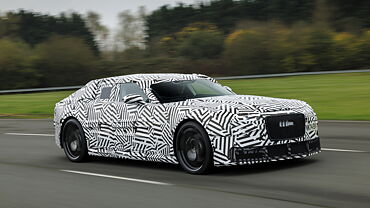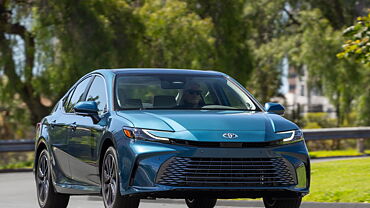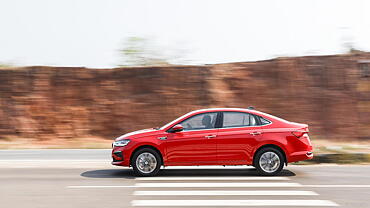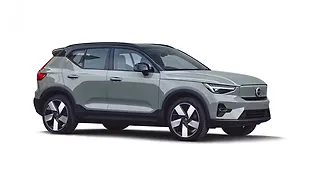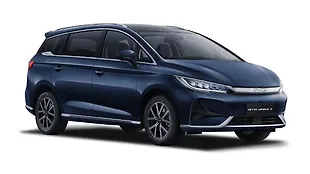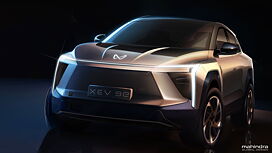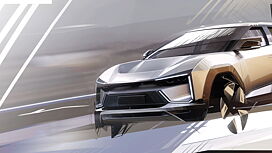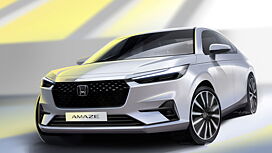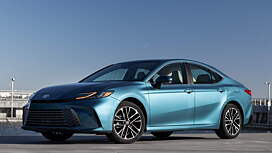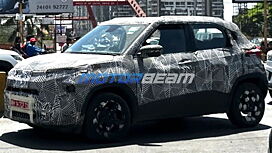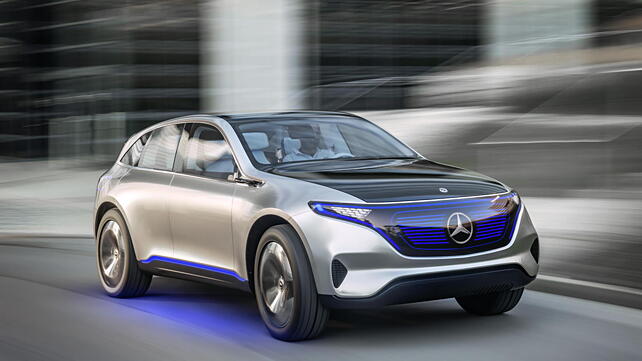
The new National Auto Policy is being drafted and will soon be up for discussions and debates before it is finalised. Carmakers who have already set up big bases in India were taken aback last year when the Ministry of Heavy Industries declared their vision for going all-electric by 2030. Also, the GST and budget drafts that ignored hybrids of all kinds, had put several automobile industry investment plans in a fix.
But now, the new draft policy aims at changing the basic classification of cars from the current basis of size and shape to categorisation according to emissions. This certainly seems to be the most logical way ahead as it will also encourage premium and luxury car makers to bring forth latest technologies in a bid to qualify for the lower tax bracket. The policy is also thinking about extending carbon credits to OEMs who better the fleet emission norms which might be tradeable so as to encourage carmakers to over-achieve their targets.
The government is mulling lower tax tariffs and possibly subsidised funds for development, production and sale of cars that produce less than 155gm per km carbon emissions. This opens up the ambit for hybrid cars – electric, plug-in as well as fuel cells, along with the usage of alternative fuels like bio-fuel and ethanol.
While the base GST will remain flat at 28 per cent, the additional cess will depend upon its size and emissions, both. For example, a small car (sub-four metre, engine less than 1.2-litre for petrol, 1.5-litre for diesel) with emissions less than 155, is set to attract just one per cent additional cess but if it overshoots the emissions, it will attract 15 per cent additional cess. Similarly, for cars longer than four metres, it is 15 per cent and 27 per cent respectively which basically incentivizes manufacturers to invest more into controlling emissions.
The Auto Expo 2018 turned out to be electric with almost every car maker bringing their existing as well as concept electric cars to the show, but at the same time, requesting the government to rethink the jump and adopt a rather gradual approach which involves hybrid cars.

